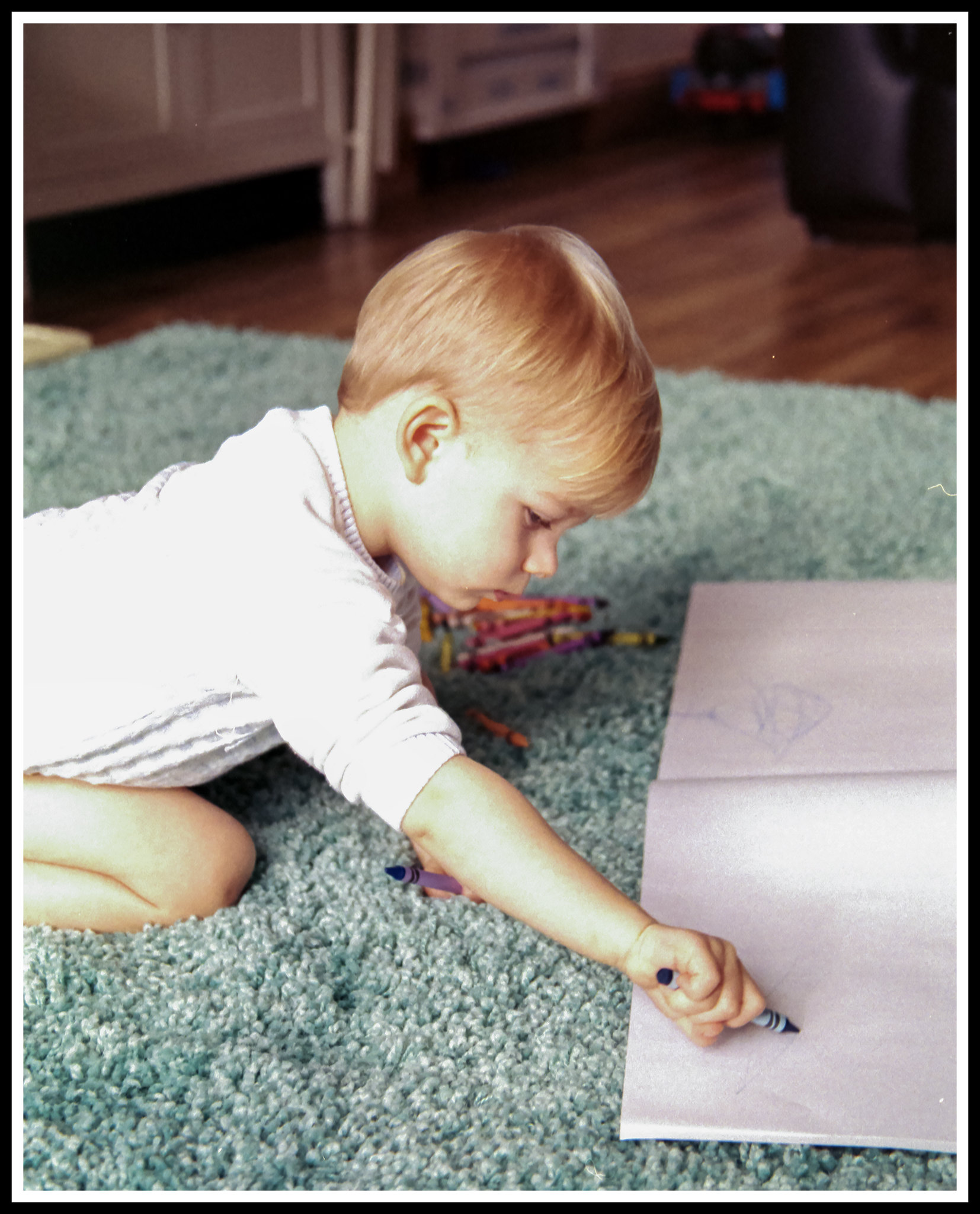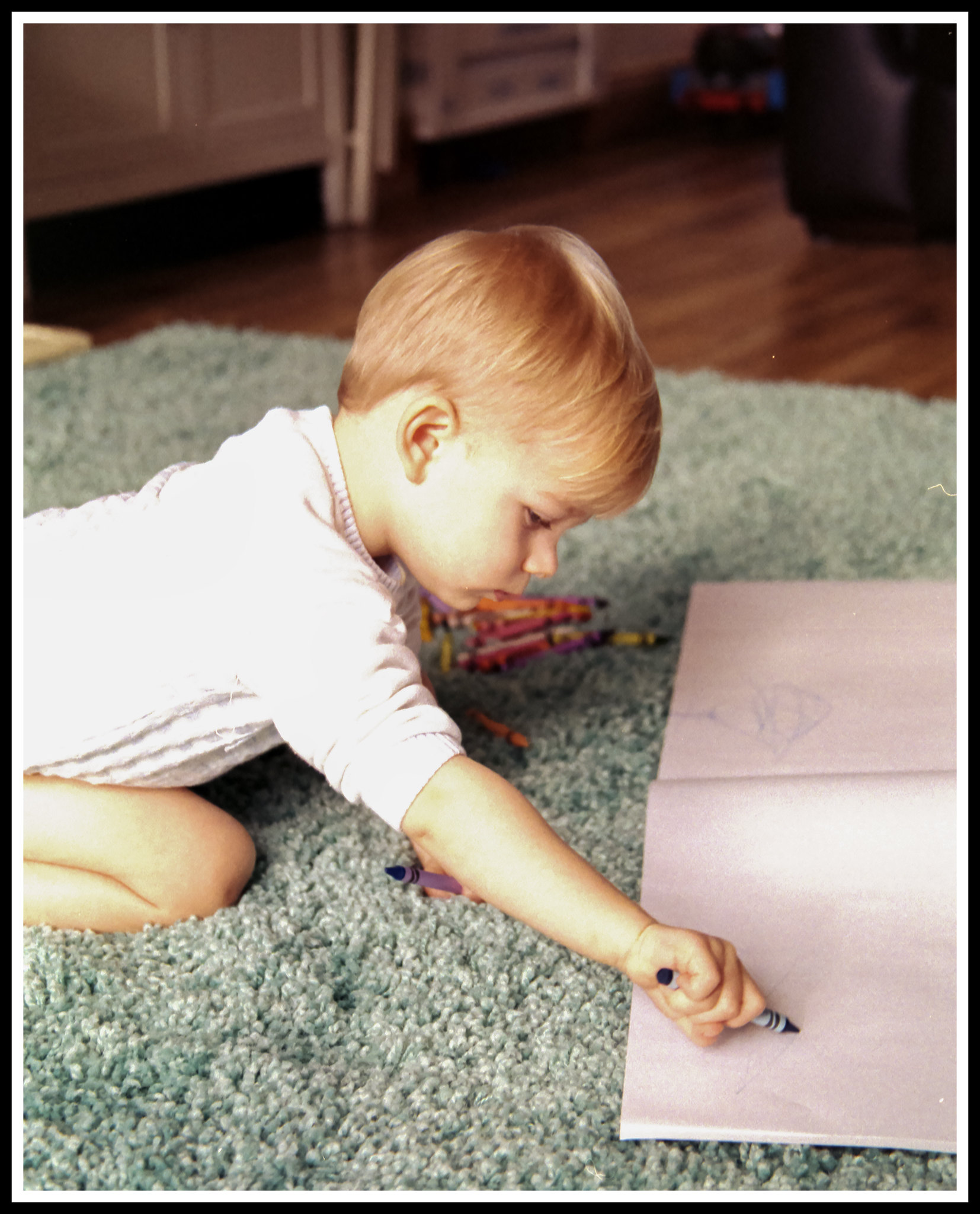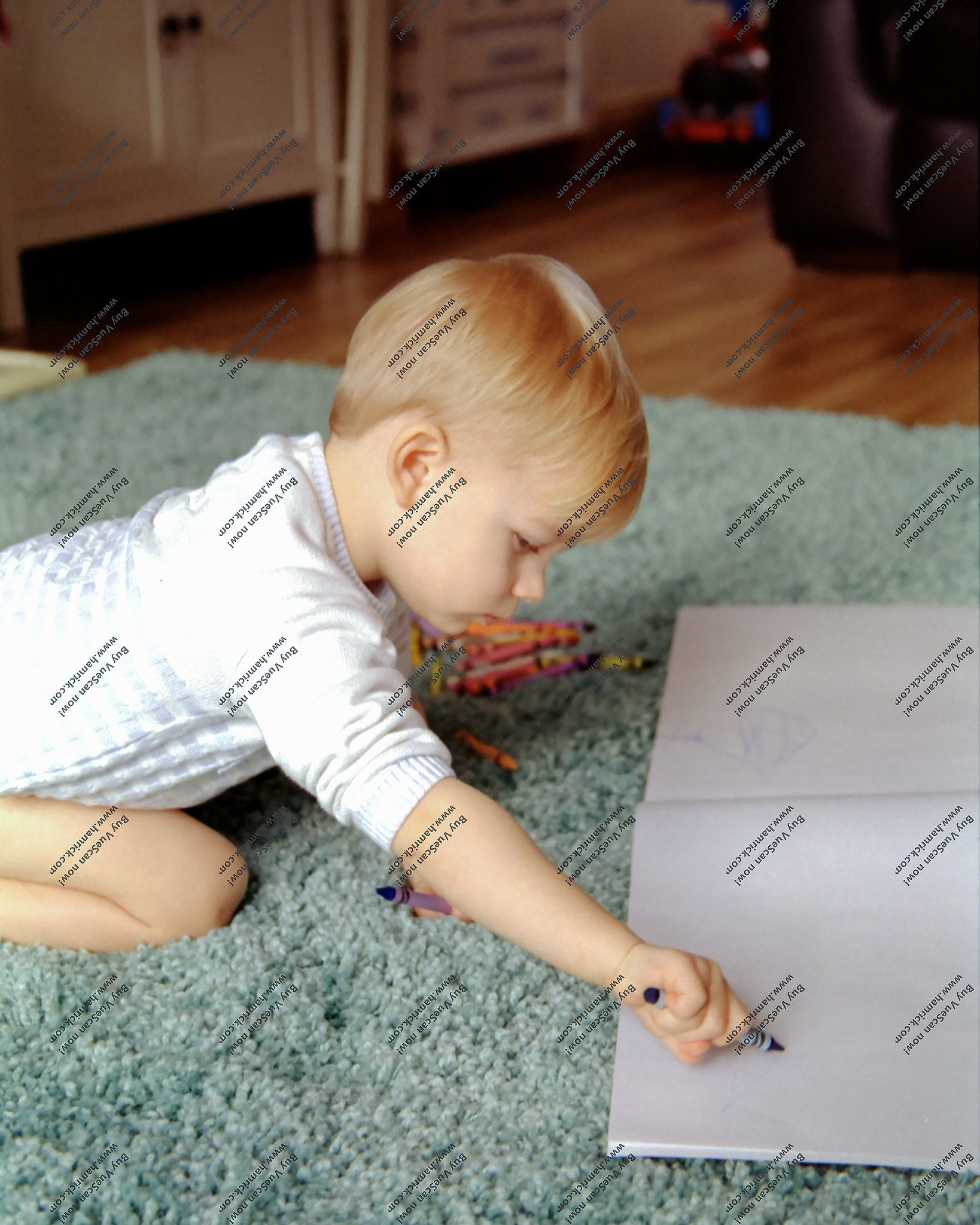- Messages
- 437
- Name
- Shaun
- Edit My Images
- Yes
Evening F&C crew
Quick question that is probably going to get a wide and varying response.
How much editing do you do and how much adjustment do you usually make to your film shots?
For example, the first shot below has a few minor adjustments/sharpening and white balance correction applied, and the second is just minor adjustments and sharpening. I feel I should leave it as shot, as it I feel it shows the character that it was shot on film, and that's the way it came out and should be left as is.
Thoughts?
 ToAdjust by Shaun Palmer, on Flickr
ToAdjust by Shaun Palmer, on Flickr
 OrNotAdjust by Shaun Palmer, on Flickr
OrNotAdjust by Shaun Palmer, on Flickr
Quick question that is probably going to get a wide and varying response.
How much editing do you do and how much adjustment do you usually make to your film shots?
For example, the first shot below has a few minor adjustments/sharpening and white balance correction applied, and the second is just minor adjustments and sharpening. I feel I should leave it as shot, as it I feel it shows the character that it was shot on film, and that's the way it came out and should be left as is.
Thoughts?
 ToAdjust by Shaun Palmer, on Flickr
ToAdjust by Shaun Palmer, on Flickr OrNotAdjust by Shaun Palmer, on Flickr
OrNotAdjust by Shaun Palmer, on Flickr
Last edited:


 vuetest4jpgversion
vuetest4jpgversion